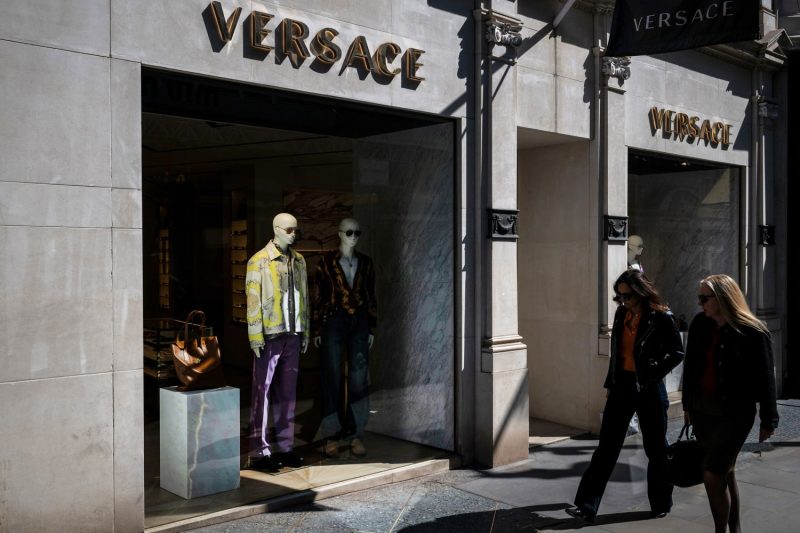
The Fed’s preferred inflation measure rose 0.2% in April, as expected
Inflation rose about as expected in April, with markets on edge over when interest rates might start coming down, according to a measure released Friday that is followed closely by the Federal Reserve.
The personal consumption expenditures price index excluding food and energy costs increased just 0.2% for the period, in line with the Dow Jones estimate, the Commerce Department reported.
On an annual basis, core PCE was up 2.8%, or 0.1 percentage point higher than the estimate.
Including the volatile food and energy category, PCE inflation was at 2.7% on an annual basis and 0.3% from a month ago. Those numbers were in line with forecasts.
Fed officials prefer the PCE reading over the more closely followed consumer price index, which the Labor Department compiles. The Commerce Department measure accounts for changes in consumer behavior such as substituting less expensive items for costlier alternatives, and has a wider scope than the CPI.
“The core index came in at 2.8%. That’s fine, but it’s been trading in a range for five months now, and that’s pretty sticky to me,” said Dan North, senior economist for North America at Allianz Trade. “If I’m [Fed Chair Jerome] Powell, I’d like to see that start moving down, and it’s barely creeping. … I’m not reaching for the Pepto yet, but I’m not feeling great. This is not what you want to see.”
A 1.2% rise in energy prices helped push up the headline increase. Food prices posted a 0.2% decline on the month.
Goods prices rose 0.2% while services saw a 0.3% increase, continuing a normalization trend for an economy in which services and consumption provide much of the fuel.
Along with the inflation reading, Friday’s release included data about income and spending.
Personal income increased 0.3% on the month, matching the estimate, while spending rose just 0.2%, below the 0.4% estimate and off March’s downwardly revised 0.7%. Adjusted for inflation, the spending numbers showed a 0.1% decline, due in large part to a 0.4% decrease in spending on goods and just a 0.1% rise in services expenditures.
Market reaction following the release saw futures tied to major stock averages rising while Treasury yields moved lower.
“The PCE Price Index didn’t show much progress on inflation, but it didn’t show any backsliding, either. Based on the initial reaction in stock index futures, the market will see it mostly as a positive,” said Chris Larkin, managing director of trading and investing for E-Trade from Morgan Stanley.
“Investors will have to remain patient, though,” he added. “The Fed has suggested it will take more than one month of favorable data to confirm inflation is reliably moving lower again, so there’s still no reason to think a first rate cut will come any earlier than September.”
As inflation data has come in hotter than expected, central bank officials have encouraged a cautious approach. That means less likelihood that they will be cutting rates anytime soon.
Most recently, New York Fed President John Williams said Thursday that while he is confident inflation will continue to recede, prices are still too high and he has not seen sufficient progress on moving to the Fed’s 2% annual goal.
Markets have reined in their expectations for rate reductions this year. Pricing Friday morning indicated a probability that the first move likely won’t come until November, at the Fed’s meeting that concludes two days after the presidential election.



